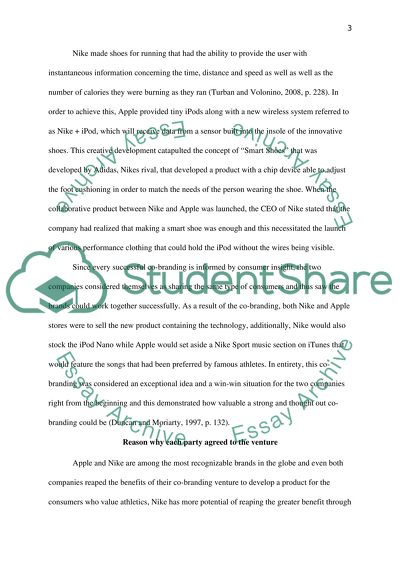Cite this document
(“Arts marketing Essay Example | Topics and Well Written Essays - 2000 words”, n.d.)
Arts marketing Essay Example | Topics and Well Written Essays - 2000 words. Retrieved from https://studentshare.org/marketing/1681226-arts-marketing
Arts marketing Essay Example | Topics and Well Written Essays - 2000 words. Retrieved from https://studentshare.org/marketing/1681226-arts-marketing
(Arts Marketing Essay Example | Topics and Well Written Essays - 2000 Words)
Arts Marketing Essay Example | Topics and Well Written Essays - 2000 Words. https://studentshare.org/marketing/1681226-arts-marketing.
Arts Marketing Essay Example | Topics and Well Written Essays - 2000 Words. https://studentshare.org/marketing/1681226-arts-marketing.
“Arts Marketing Essay Example | Topics and Well Written Essays - 2000 Words”, n.d. https://studentshare.org/marketing/1681226-arts-marketing.


